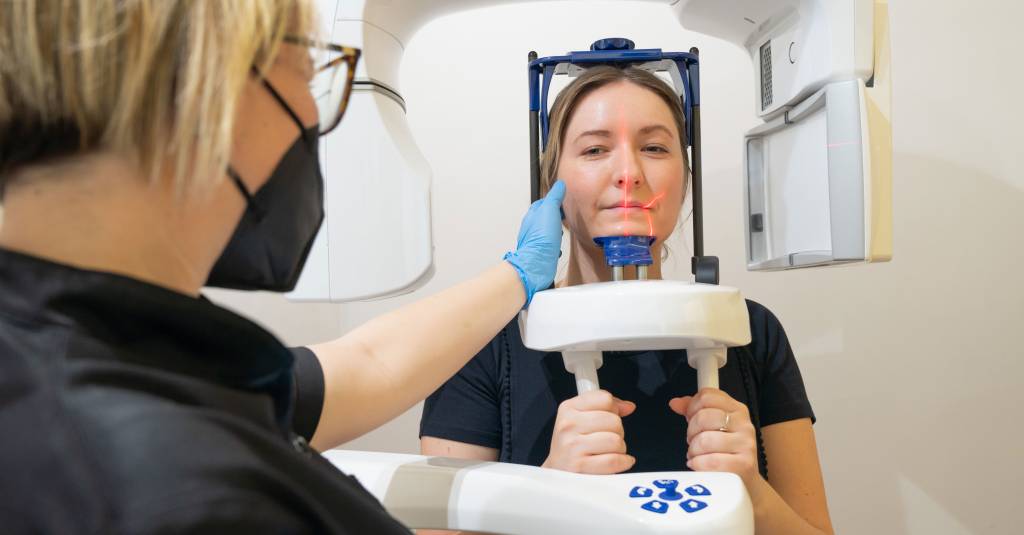Invisible Orthodontics
Transparent aligners (Invisalign)
The invisible aligners are a mask, thin as a contact lens, built with transparent elastic resin. They are indicated for orthodontic treatments in patients who need to improve the position of the teeth for functional or aesthetic reasons. To assess the need for treatment and plan orthodontic care using aligners, the dentist must take X-rays, photographs, and the dentition’s fingerprint. Thanks to the diagnostic documentation, the specialist can draw up a three-dimensional model of the clinical situation and decide on a suitable treatment for the patient.
Photos, videos, and 3D design

Based on the 3D images, it will be possible to:
Define an individualized care plan.
Accurately simulate the appearance of the teeth at the end of the treatment.
Making the progressive series of transparent "masks."
When to use clear aligners
As required by the procedural nature of medical therapy, even for invisible dental aligners, there is a precise range of indications and prescribing methods. It is always counterproductive to provide a treatment antithetical to the pathology to be treated, to trigger the threat of biological damage for the person concerned.
As required by the procedural nature of medical therapy, even for invisible dental aligners, there is a precise range of indications and prescribing methods. It is always counterproductive to provide a treatment antithetical to the pathology to be treated, to trigger the threat of biological damage for the person concerned.
Clinical cases of application
Counting a sequence of clinical cases from malocclusion is possible, in which treatment with transparent dental aligners is foreseen.
The upper front teeth cover the lower teeth for many millimeters
Lower teeth protrude relative to upper ones
The upper and lower jaws are not aligned.
The upper front teeth cover the lower teeth for many millimeters.
There are spaces between the teeth.
There is not enough space in the jaws to accommodate all teeth normally.
Teeth in a good position but which, by patient choice, require some positional refinement.
Orthodontic treatments for growing children with mixed dentition (milk and perms)
How invisalign work
Invisible dental aligners look like masks that can cover every tooth. These, designed to guide the teeth to the predetermined position, are made of a material capable of fulfilling this task.
The force generated by the elastic deformation of the material with which they are manufactured guides the teeth in the position programmed by the dentist.
Every 15 days, after the dentist’s check-up, the previous aligner will be replaced with the next one.
Once the single mask has completed its function, the next mask designed for further, gradual dental movements will be applied.
What is the duration of therapy with transparent aligners?
The series of aligners can include between 18 and 36 masks for a care period between 9 and 18 months.
At the end of the treatment, the teeth will be aligned and congruent, producing significant benefits for the function, aesthetics, and, more generally, the patient’s social life.